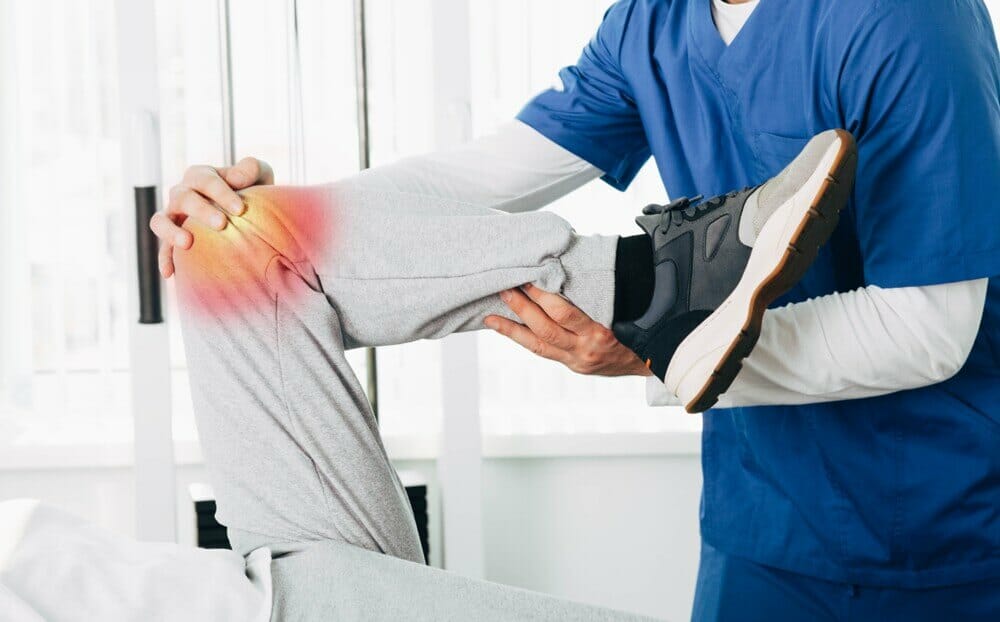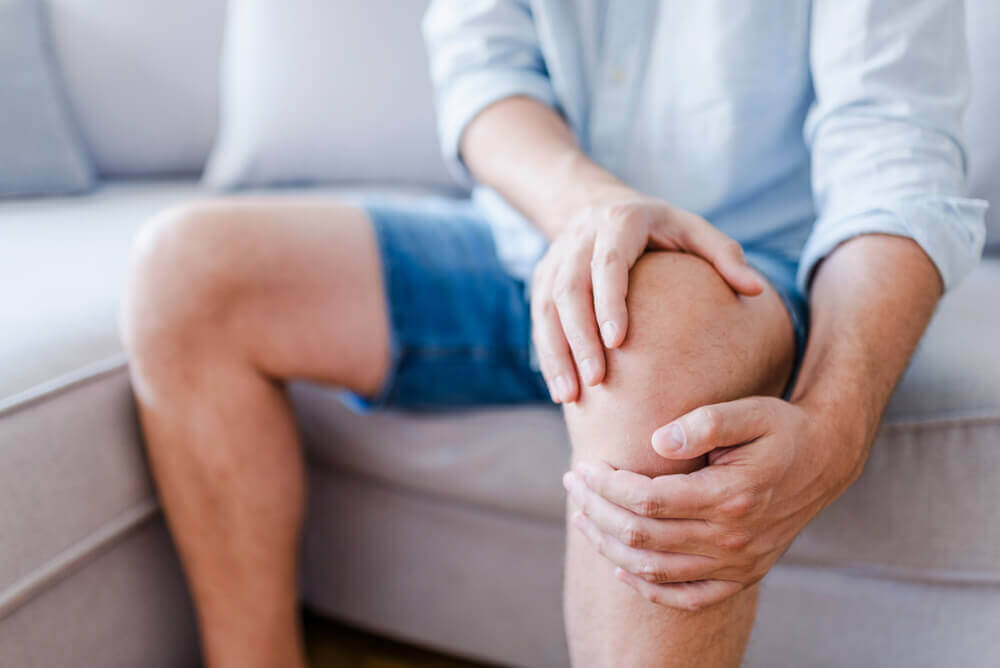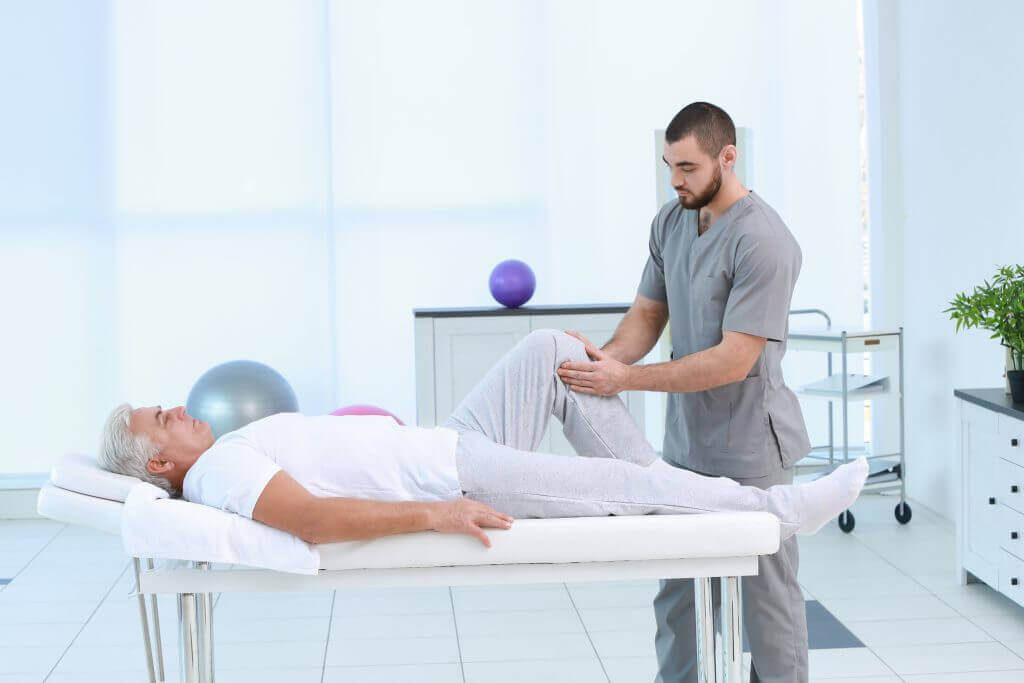
Arthritis is a broad term for a range of conditions affecting the joints of the body. There are as many as 100 different types of arthritis, but only a handful affect the majority of those who develop the condition.
It’s estimated that around 1 in 7 Australians suffer from some kind of arthritic condition, making it one of the most common inflammatory conditions.
What is arthritis?
Arthritis is a condition that affects the body’s musculoskeletal system—this includes the bones, muscles and joints. Arthritis can cause various symptoms in different people, with no one person experiencing it the same way.
However, many who suffer from arthritis experience inflammation, pain, stiffness, and damage to the joint cartilage. These symptoms can impact daily life and interfere with activities such as walking, putting on shoes, and opening jars.
Common types of arthritis
Though there are many arthritis types, these five conditions answer the question: what are the most common types of arthritis?
Osteoarthritis
This is the most common form of arthritis, and it usually affects the weight bearing joints including the knees and hips, though it can also often affect the fingers and big toe. It changes the structure of the affected joints, often resulting in pain and loss of function.
It starts as the breakdown of cartilage in a joint, wearing down the protective cushion between two bones. This causes bones to rub against each other, sometimes resulting in inflammation and pain.
Rheumatoid
This type of arthritis is the second most common, affecting around 14% of arthritis sufferers. It differs from other types as it is an autoimmune disease, meaning your immune system attacks your own healthy tissue, including your joints.
The resulting inflammation can cause pain, tenderness and swelling in the affected joints.
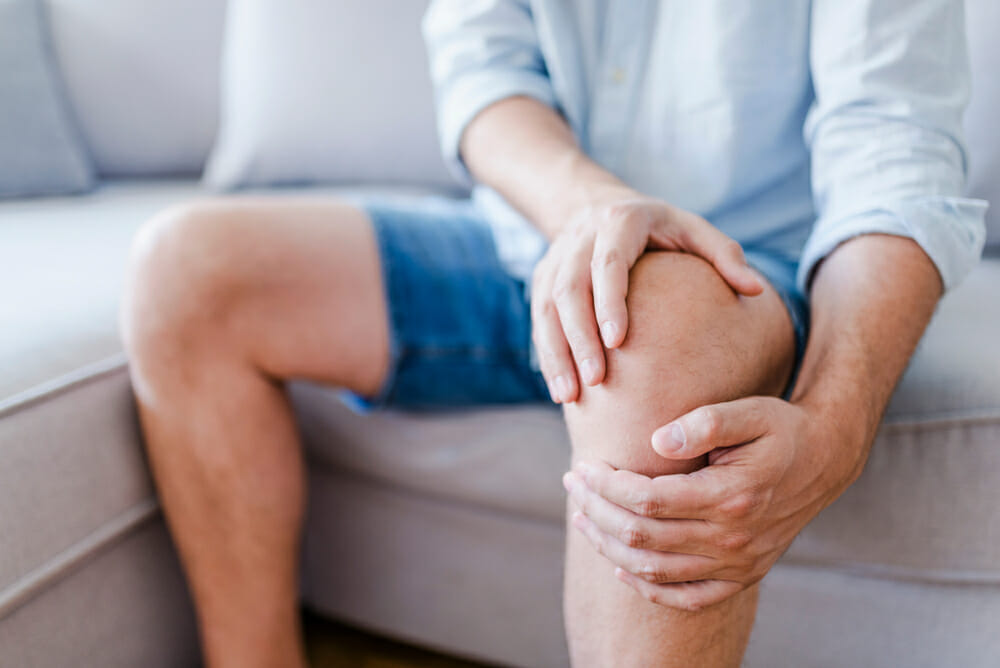
Psoriatic
This is a form of arthritis that affects some people that have psoriasis—a condition which causes red patches of skin topped with itchy scales.
Joint pain, stiffness and swelling are the main symptoms of psoriatic arthritis, and it can affect any part of the body. In both psoriasis and psoriatic arthritis, disease flare ups can alternate with periods of remission.
Gout
This type of arthritis is characterised by sudden, severe attacks of pain, swelling and tenderness, most often in the big toe. An attack of gout can happen suddenly bringing with it the sensation that your big toe is on fire.
Though it most commonly affects the big toe, gout can occur in any joint. As the condition progresses, it can severely restrict the range of motion in the affected joints.
Lupus
This is an autoimmune disease, in which the immune system starts to attack the body’s own healthy tissue, causing inflammation. Despite common misconception, lupus is not a form of arthritis—however arthritis is a common symptom of lupus, so it is easy to see why it is sometimes thought of this way.
Lupus can cause inflammation in the skin, organs, and various other places throughout the body. This includes—but is not limited to— the joints, which causes arthritic pain, swelling and stiffness.
What you should do if you develop symptoms
If you develop the symptoms of any arthritis types, you should first consult with your physio or doctor. They will be able to diagnose your condition or refer you on to a specialist. If you are diagnosed with a type of arthritis, they can help to educate you on the condition and offer you the best course of treatment.
It is important to seek advice from a healthcare professional as some types of arthritis can eventually become disabling without treatment.
Physiotherapy
Your doctor may refer you to a physiotherapist to treat your arthritis or you can seek out a physiotherapist directly. A physiotherapist will design a treatment plan unique to your condition. This targeted action plan can get your joints and overall mobility back on track, and can help reduce pain, ease stiffness and improve overall well-being and mental health.
They can also advise you on the best and safest way for you to lose any excess weight that may be contributing to your pain. They will guide you through specific exercises and stretches which you can then perform at home.
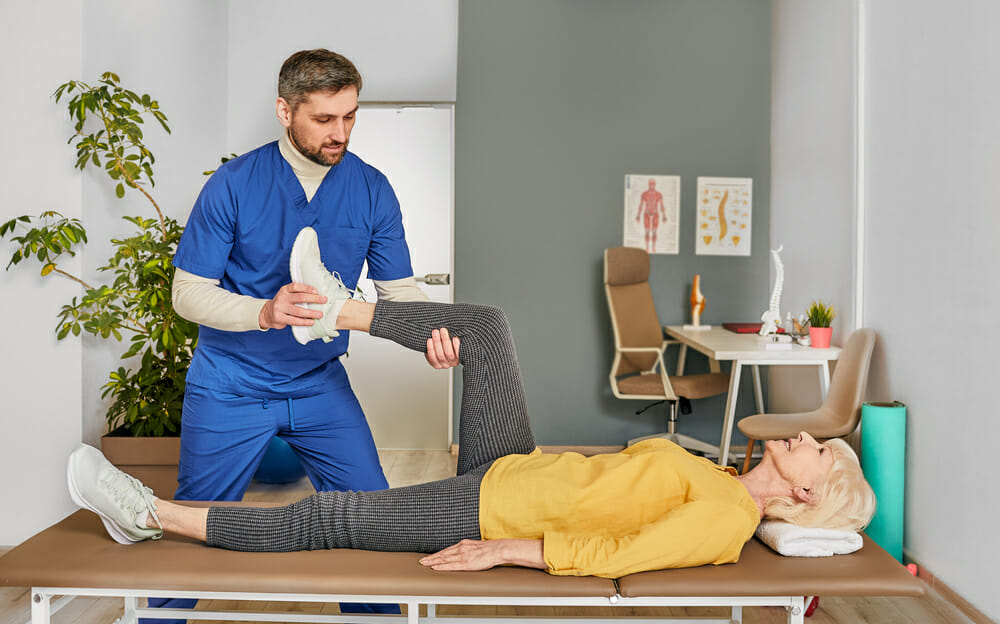
At-home treatment
Ensuring you are keeping on top of the exercises given to you by your physiotherapist is the best way to maintain as much of your range of motion as possible. If you follow their professional advice on suitable at-home treatments and visit them for physiotherapy sessions as recommended, you are putting your best foot forward in keeping a good quality of life.
Some other at-home treatments may also include the following.
Managing your weight
Extra weight can sometimes have an impact on your arthritis symptoms. The additional pressure it puts on your joints—especially your knees, hips and feet—can worsen your pain and inflammation.
Reducing the stress on your joints by losing weight can not only improve your mobility but may also prevent future damage to your joints. This may include a mix of low-impact exercise and eating a healthy diet.
Consult with your doctor to find out the best way for you to safely and effectively lose any extra weight.
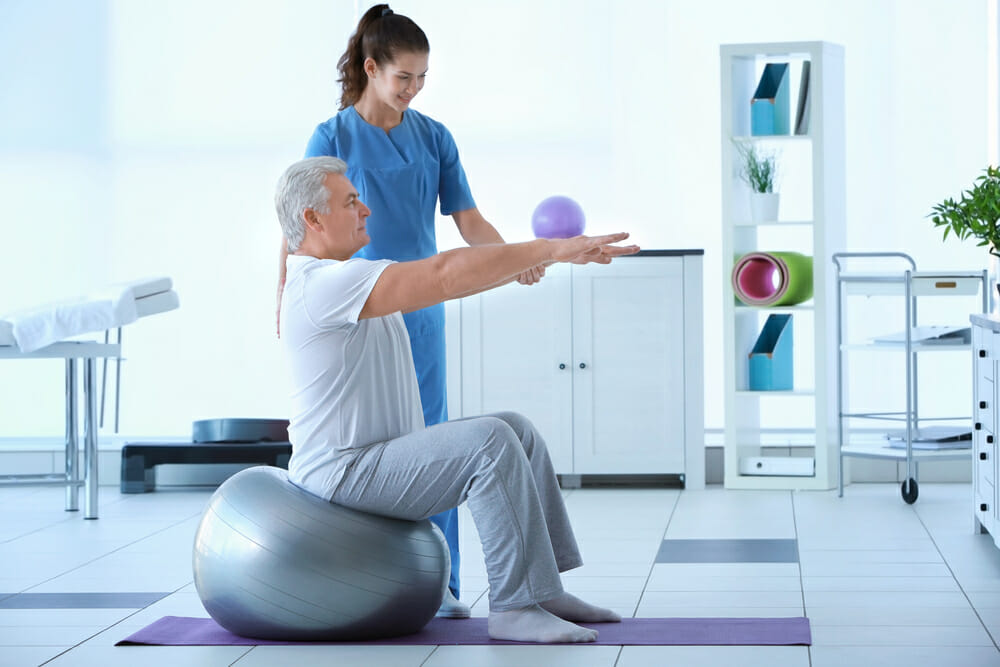
Hot and cold therapy
Heat treatments can include:
- Applying a moist heating pad to the affected area
- Taking a long, warm shower or bath
- Using an electric blanket or a covered hot water bottle at night
Alternating these with a cold treatment—such as wrapping a gel ice pack in a towel and applying to the affected area—can help relieve joint pain and inflammation, reducing your discomfort throughout the day.
Want to learn more about hot and cold therapy? Check out our blog.
Meditation
Meditation and relaxation techniques are a great way to reduce stress, which may help you cope with the pain of arthritis. Reducing stress may even help reduce the inflammation and pain in the affected joints.
Anxiety and depression are common in people with arthritis, and practising mindfulness is a useful tool that is often used to help people cope with these mental health conditions.
How We Can Help
At Integrity Physio Como, we are very experienced in using physiotherapy for arthritis treatment and supporting people with a range of mobility conditions. Their team of professionals look forward to helping you get back to what you enjoy.

